リズ・トーマスのハイキング・アズ・ア・ウーマン#26 / How Thru-hiking has changed <前編> スマホ時代のスルーハイカー
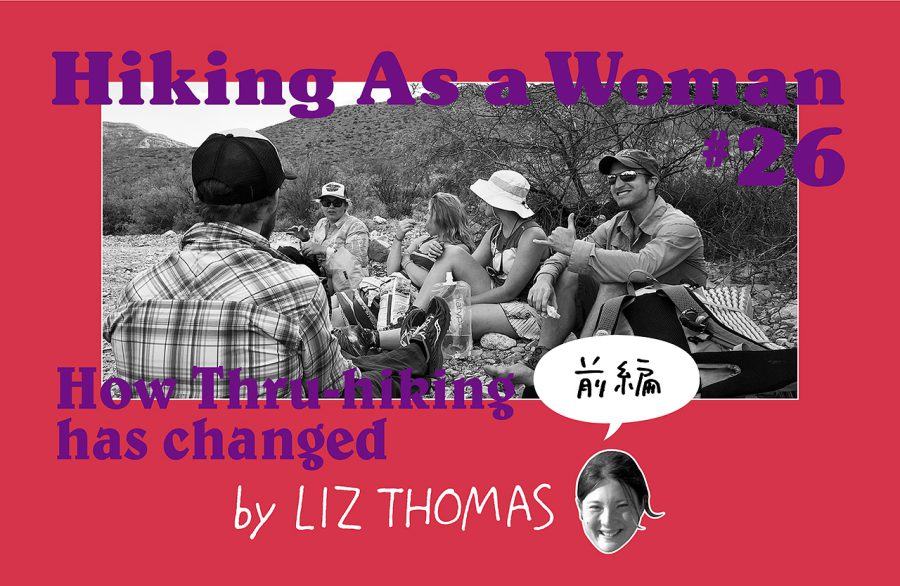
Long Distance Hiker Report 2020
As former Vice President of the American Long Distance Hiking Association–the organization which awards the Triple Crown when hikers complete the Appalachian Trail, Pacific Crest Trail, and Continental Divide Trail—I’ve seen thru-hiking become more popular over the past ten years. Here are my thoughts on some of the reasons why that may have happened, changes in the distance hiking community, and what it means for long distance backpackers everywhere.

Interest in Thru-hiking is always growing
No matter what generation or what decade, whenever people learn about long distance hiking, a fraction of those people want to hike the trail. An even smaller fraction of those people actually go out and hike a long trail. While this amounts to a relatively small percentage of hikers who know about long trails actually hiking them, the ones that do will go on to share it with their own audience. Thus, the number of hikers typically grows from year to year.
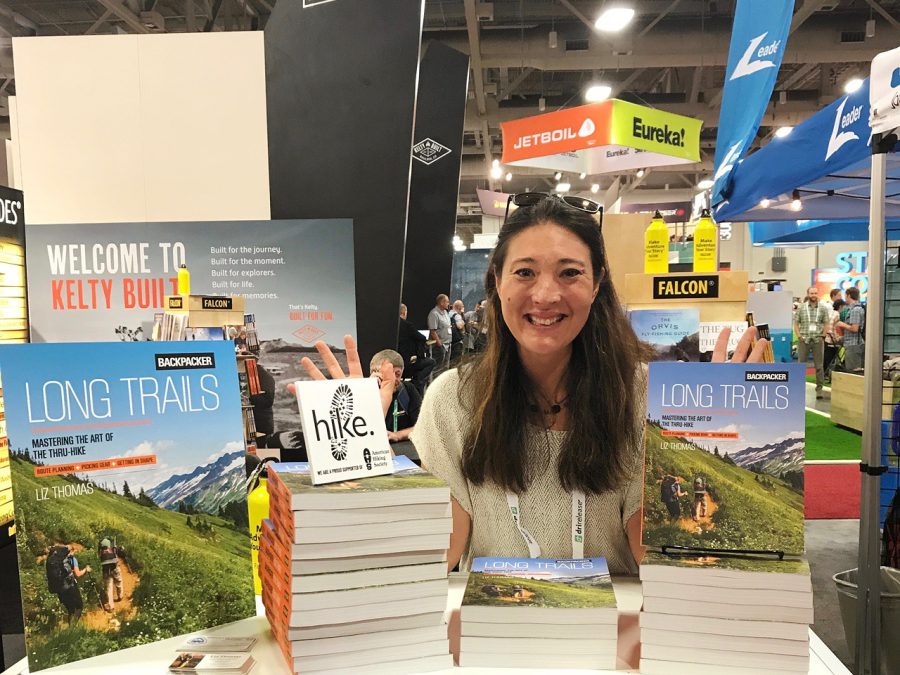
In the past, new hikers could learn about long distance hiking by reading books or seeing talks at local hiking clubs. For many decades, the number of people who could learn about thru-hiking was relatively limited, mostly to people who already had some interest in hiking. In recent times, Facebook, Instagram, and YouTube have increased the number of people exposed to thru-hiking. Although only a fraction of those viewers will actually go on a thru-hike, the number of people who know about the trail has increased.
Reduced Barriers to Entering the Sport
For many decades, there are many more people who know about thru-hiking and dream about it that who actually are able to make it happen. There are many barriers to entry for long distance hiking. However, in recent times, some of those barriers have become much easier to handle.
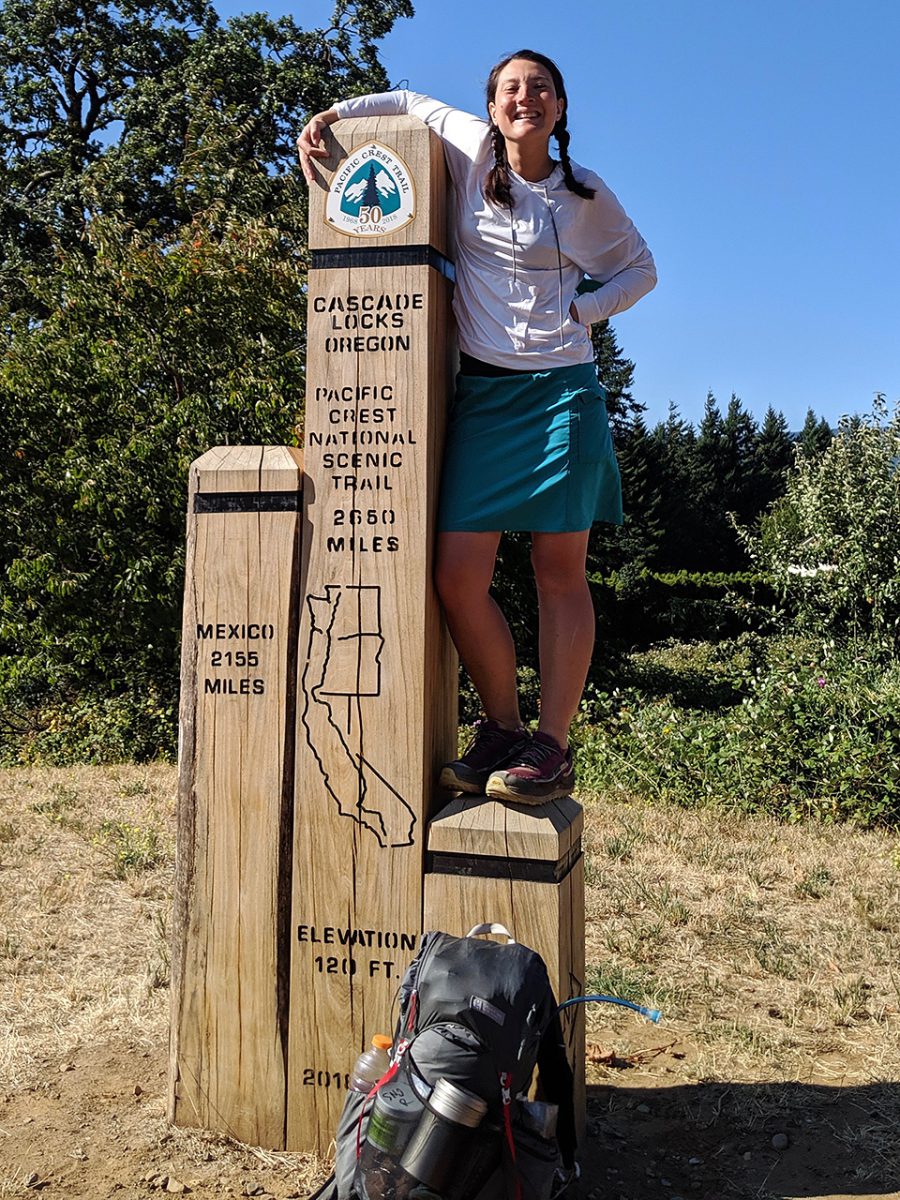
There have always been practical barriers to long distance hiking. I think these will always remain a burden that keeps would-be hikers from becoming thru-hikers. No matter the era, would-be hikers are stymied by the challenges associated with finding the time to hike, the funding to make a multi-month thru-hike possible, and getting permission from family to go on a trip.
In recent times, the only one of those practical challenges that may be slightly easier than before is getting permission from family. As more people become familiar with thru-hiking, the less dangerous family members may perceive a hike to be (also, technology has made it easier to communicate with family in the backcountry while on a thru-hike).
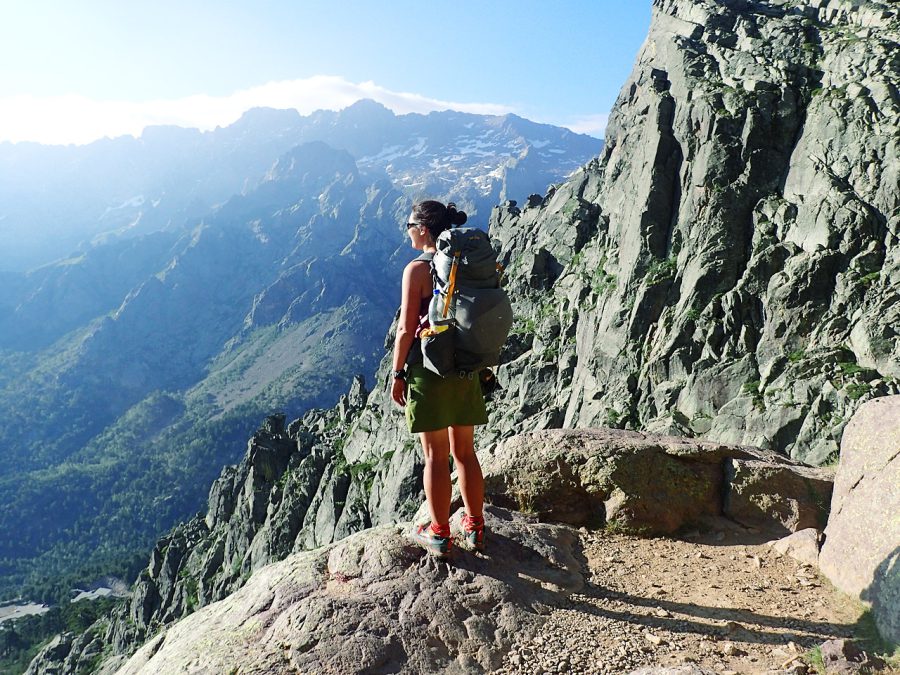
To some extent, physical concerns are still a barrier to entry for thru-hiking. However, with ultralight gear innovation, hikers no longer need to be physically fit enough to carry a 70-pound backpack. With lightweight gear, it’s possible to cover more miles per day than when carrying heavy gear. This reduces the amount of time required to complete a thru-hike. This, in turn, means that a hiker will likely spend less money and time on a thru-hike than in years before—reducing yet another barrier to entry.
Many would-be thru-hikers don’t end up turning their dreams to reality because they lack backcountry skills. Two of the most common reasons folks don’t thru-hike is that they are afraid of getting lost or worried about not being rescued in case of an emergency. GPS, navigation apps, and two-way satellite communication like the Garmin InReach have drastically reduced many of the safety and navigation concerns.
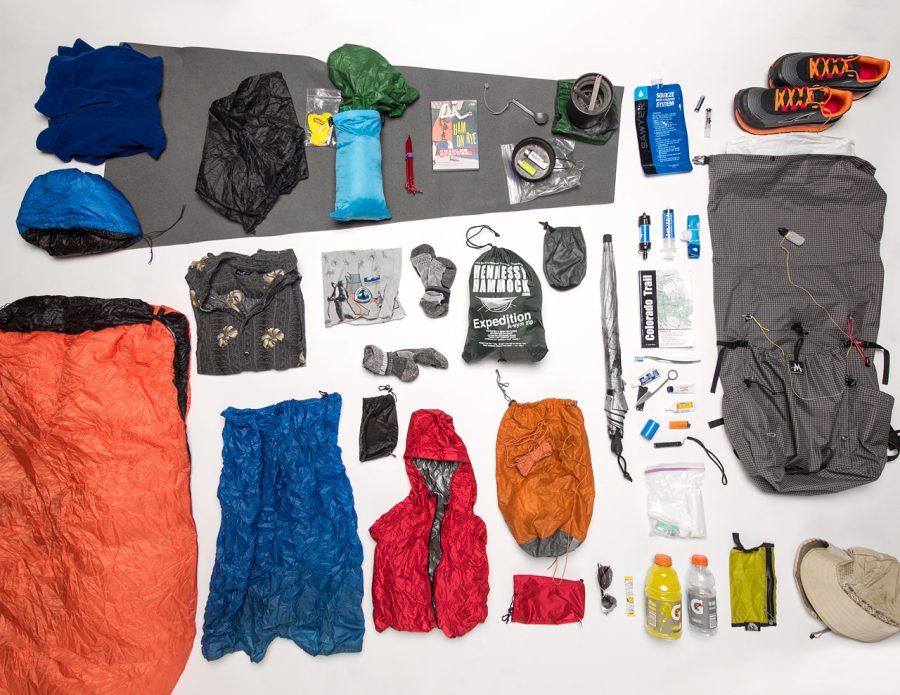
As long trails become better signed and technology makes it easier to overcome skill deficits or insecurities, thru-hiking has become more accessible to more people. This means that thru-hiking attracts not only people with high levels of navigation skills, but also people with less backcountry experience who can use technology as an aid. Many people think that this technology serves as a crutch for hikers with less self-reliance and poor navigation skills. Some people think this is a problem. I will discuss this controversy more below.
The “Wild” Effect: Changing demographics of hikers or broader public familiarity with the trail?
Thru-hiking has always been a sport that’s attracted two demographics: young people who have just finished school or older adults who have retired. A report on the Appalachian Trail from the 1970s found this generational split and it’s still true now. People in the 30s, 40s, and 50s are often too busy building families and careers to be thru-hiking. When hikers in their 30s-50s are on trail, they often have experienced a major life event like a divorce, loss of a job, or death of a close friend or family that gave them to impetus to hike.

But in the last ten years, these demographics have changed. One business along the PCT and JMT noted that between 2014 and 2015, the numbers of thru-hikers tripled from 2014 to 2015. That year coincided with when Wild the movie was released. The book, which came out in 2012, also caused numbers of PCT hikers to go up.
What’s interesting about hikers inspired by Wild is that they often were hikers in their 30s, 40s, and 50s. Many of these hikers were women. Prior to Wild, women made up perhaps one in four hikers on the PCT. After Wild, that number is close to half of hikers—and at times, it seems like there are more women than men. Wild not only changed the number of hikers on trail but also who was hiking distance trails. In 2017, major outdoor retailer REI launched the Force of Nature Campaign specifically to get more women interested in the outdoor. By 2019, that movement trickled into the thru-hiking community. More women that ever are thru-hiking.
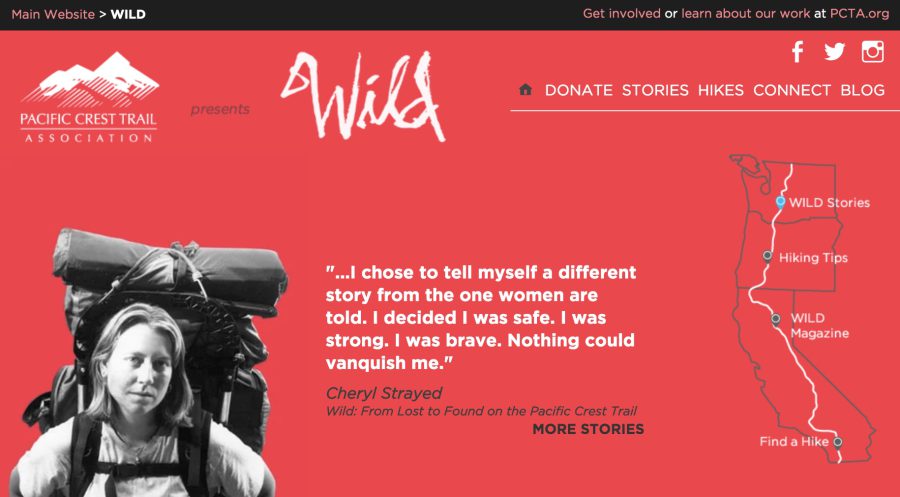
Although it’s been almost ten years since Wild first came out, it created a momentum by making the PCT a household name. While many East Coasters were already familiar with the Appalachian Trail before Bill Bryson’s book Walk in the Woods was released, the PCT was still a relatively unknown trail before Wild.
Nowadays, it’s rare to meet hikers who specifically say that Wild inspired them to hike. However, Wild put the PCT into the public conscious, specifically exposing the idea of the trail to teenagers and those who (in a few years) would be finishing school and in a position to thru-hike.
The role of smartphones in sharing the modern thru-hike
In the past 5 years, smartphones have made it easier than ever for thru-hikers to share their journey to a wide audience in real time.
In the past, hikers who wanted to share their journey would have to find a library in every town where they resupplied. There, they would type up a blog and slowly try to upload photos from a digital camera. This often required hikers timing their resupply days to coincide when libraries were open and walking across town to get to a library. Even if the hiker had been able to type of regular blog entries, it didn’t guarantee anyone would read their blog.
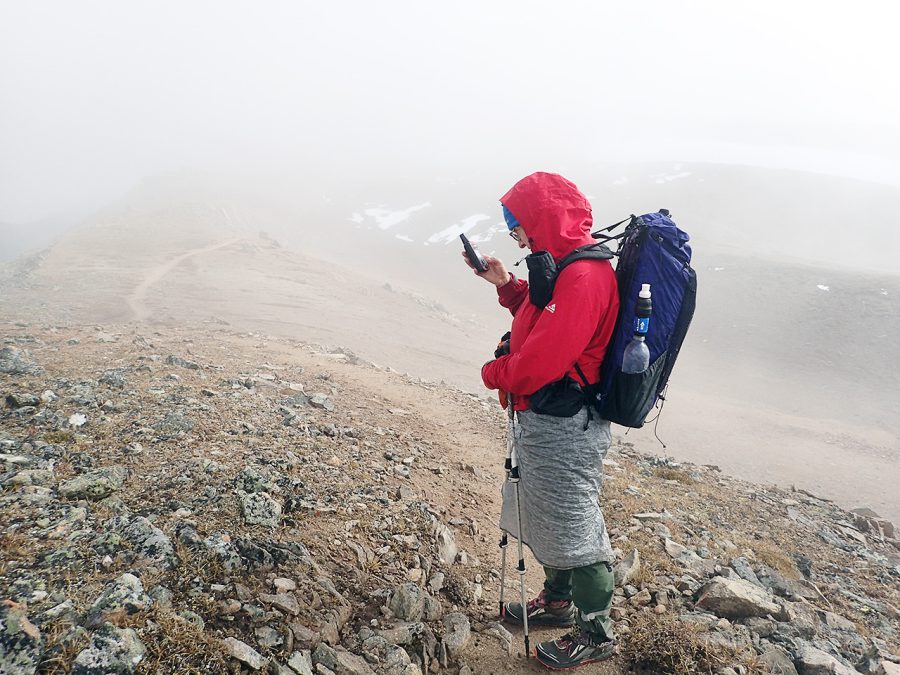
In contrast, modern hikers can share Instagram photos and stories from their phones anytime of day and sometimes even from the convenience of their tent in the backcountry. Modern audiences are accustomed to discovering new Instagram accounts. The world is already on Instagram looking for interesting stories, so a thru-hiker can easily plug into that platform to share their story with an already engaged audience.
Wired, a hiker who completed her Triple Crown in 2014, was a popular blogger with a dedicated audience. But in order to share her story, she needed to extend her phone’s batteyr life. She carried an external battery in a time when those were heavy and expensive. Cell phone memory wasn’t big enough to hold long videos. Most of the stories she shared were text and photos.
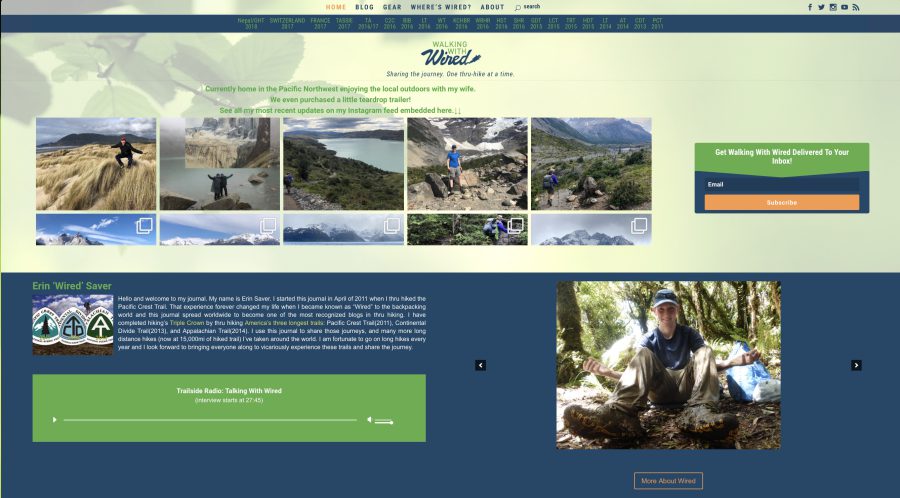
One reason that Wired was a popular hiker is that she was willing to inconvenience her hike to share with her audience. She carried extra equipment and weight in order blog every day. Wired also preferred to stop hiking at 6 pm each day in order to write for her audience. In contrast, Instagram makes it easier than ever to stay engaged with an audience without slowing down a hike.
Now, it’s relatively easy for hikers to carry vlogging equipment such as microphones, tripods, and high-quality cameras capable of video. Hikers can edit and produce videos on their phone from their tents each night after a day of hiking. Hiking videos—both on YouTube and Netflix—are becoming more common.
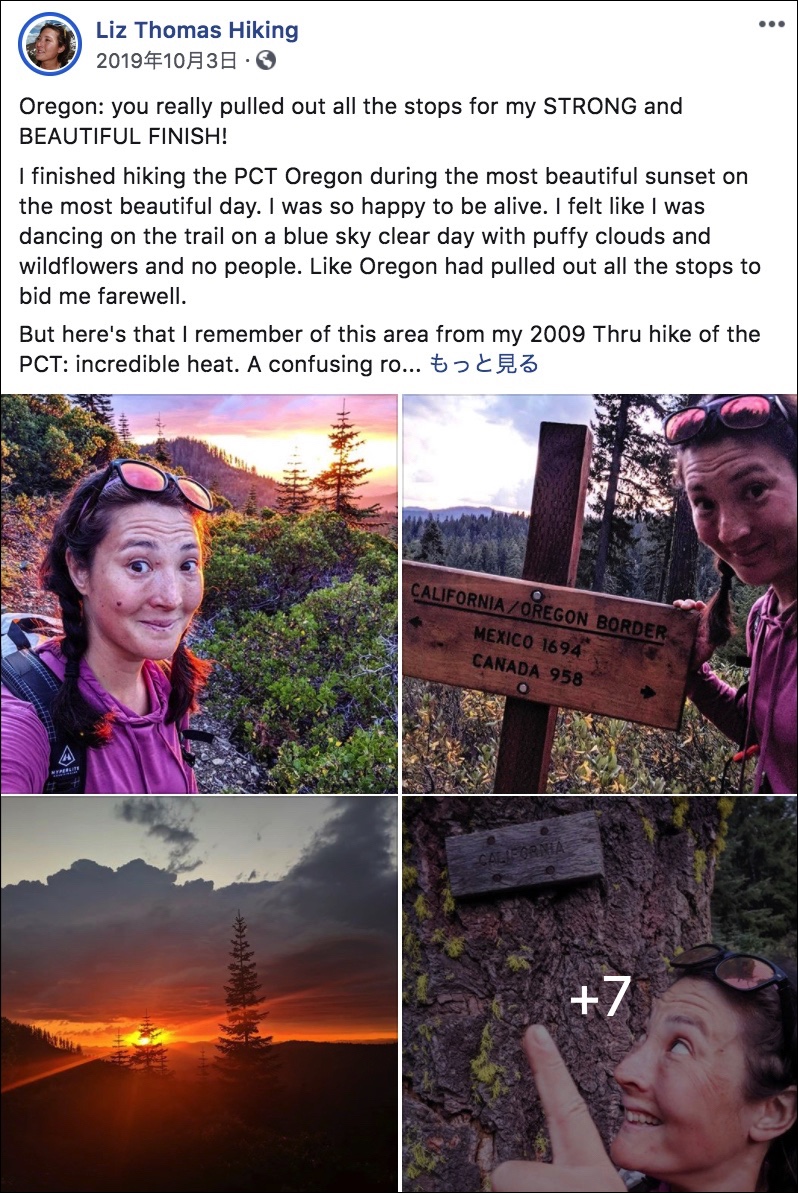
Hikers who are accustomed to using Instagram or Facebook in their “regular” life find it easy to adapt to sharing about their hike using the same platform. These platforms thrive by personalities and creatives focused on “audience building.” Thru-hiking, while not a unique story, is full of “other than life” trials and tribulations that make an interesting story. Thru-hiking, thus, becomes a relatively easy way to build an audience in an attempt to become “internet famous.” This alone attracts a subset of hikers eager to find a niche for fame.
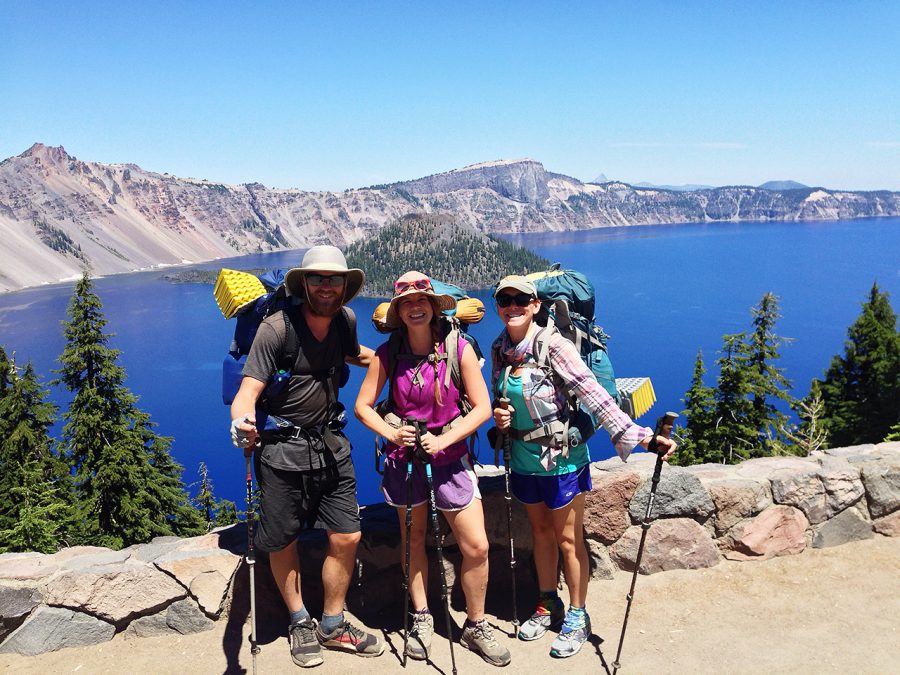
Related Articles
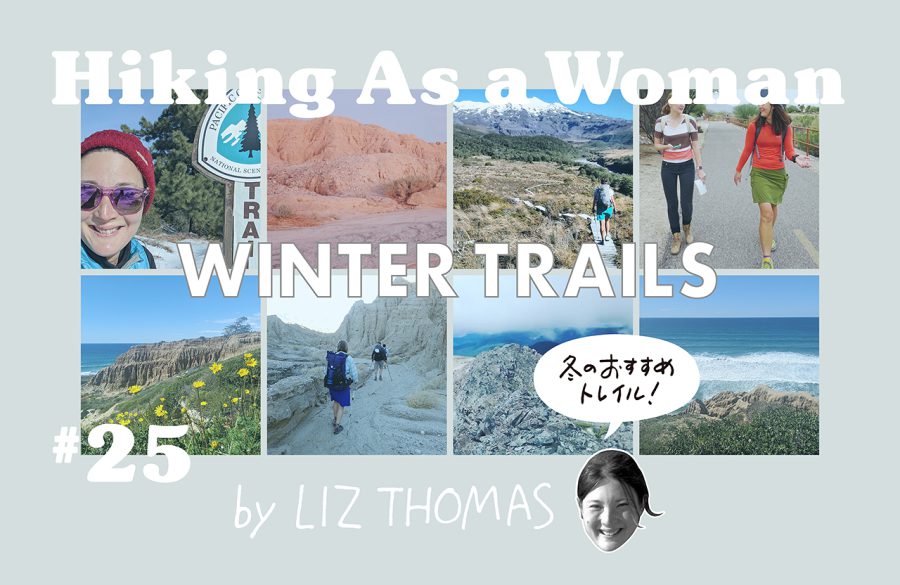
リズ・トーマスのハイキング・アズ・ア・ウーマン#25 / 冬の時期でも歩けるおすすめトレイル
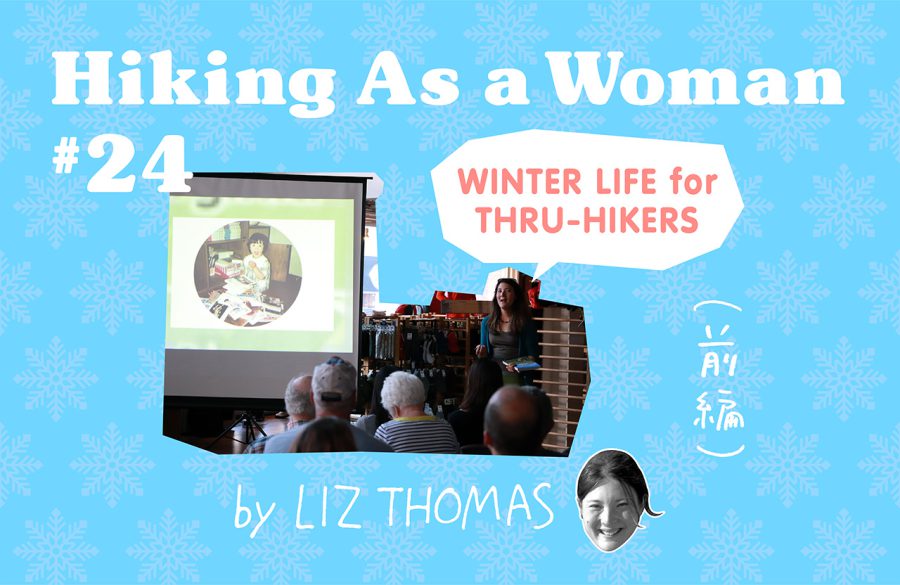
リズ・トーマスのハイキング・アズ・ア・ウーマン#24 / スルーハイカーは冬に何をしているの?(前編)ハイカーの冬の仕事
- « 前へ
- 2 / 2
- 次へ »
TAGS:

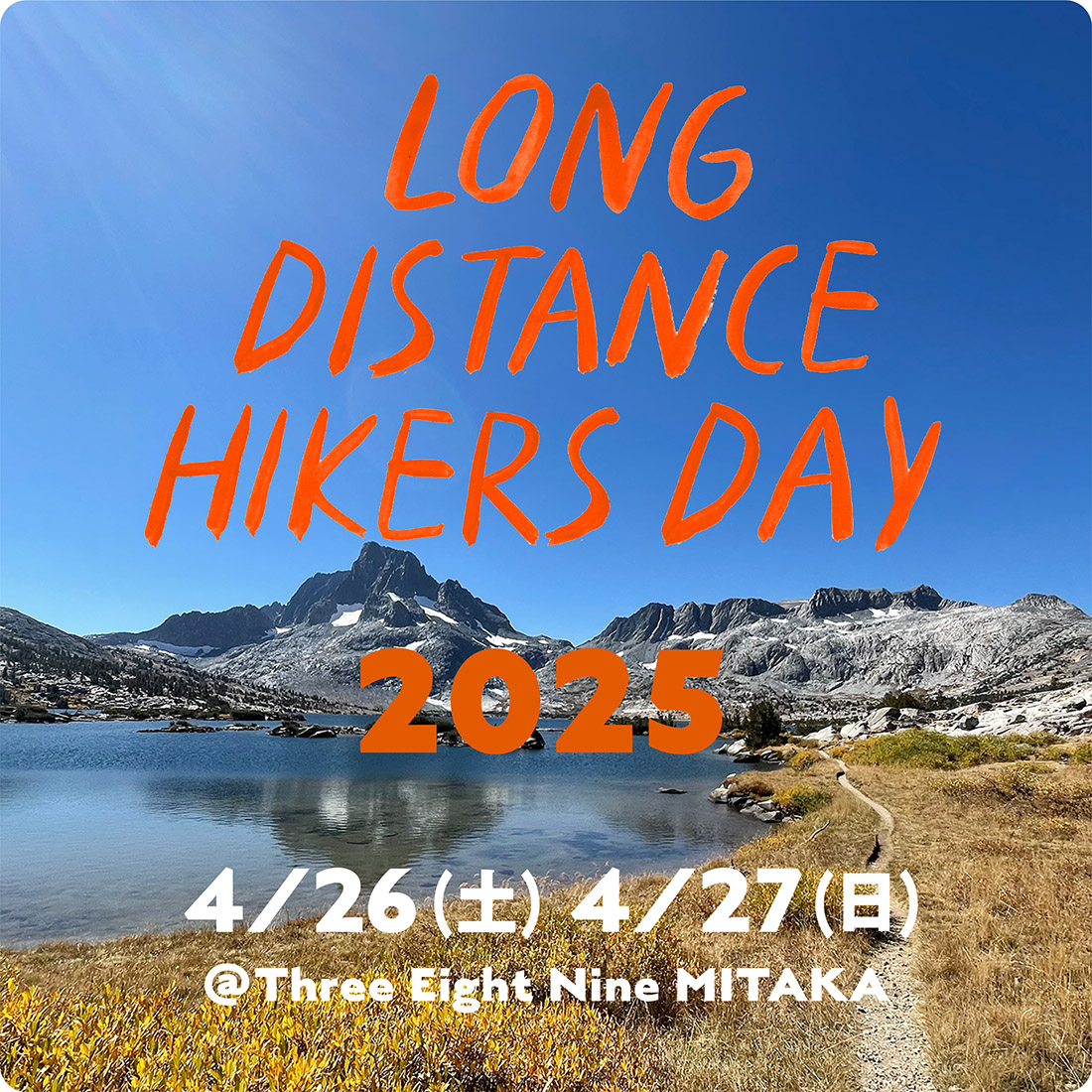
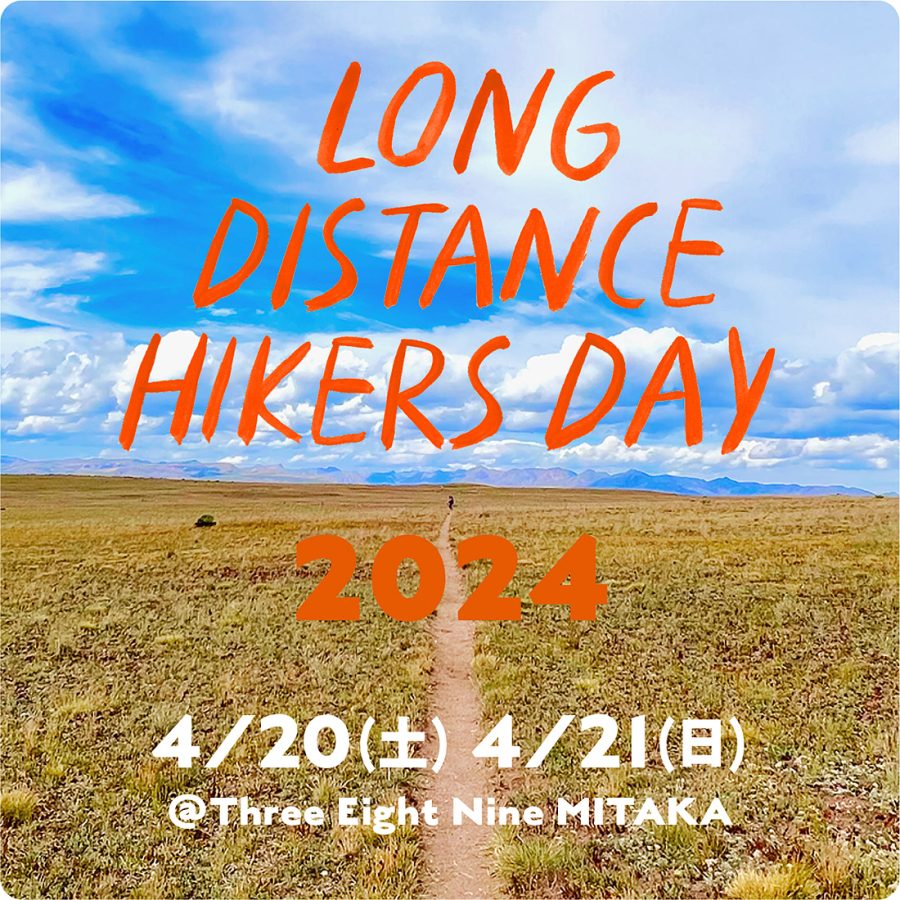
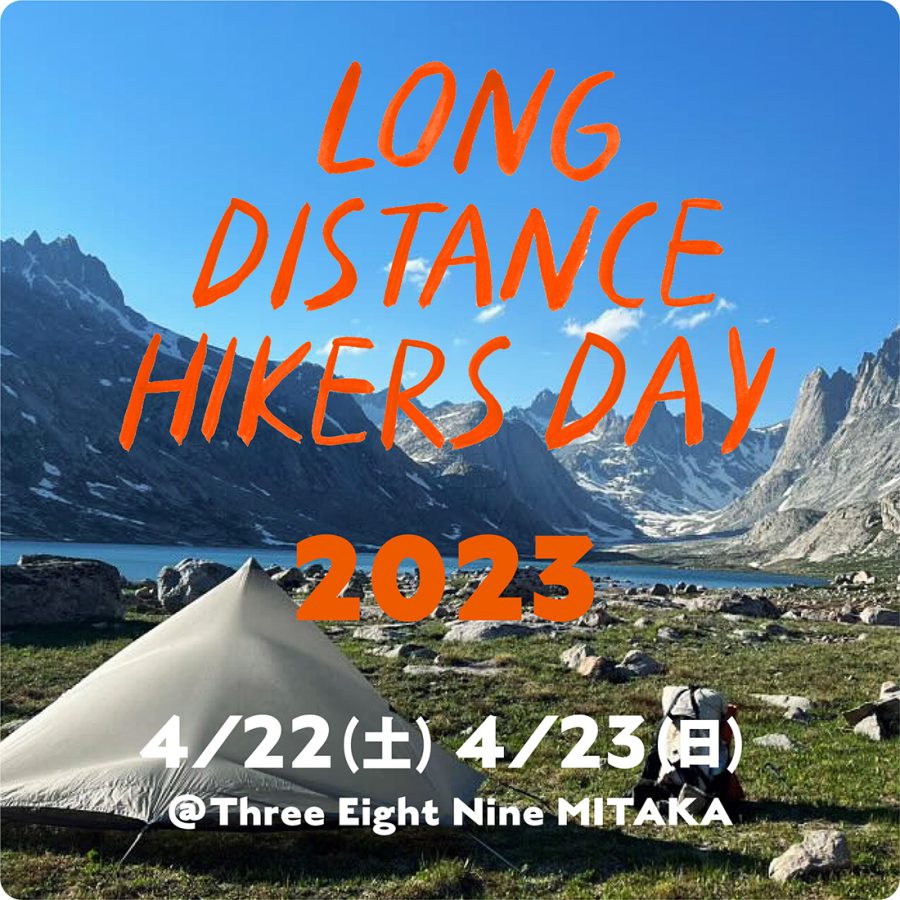


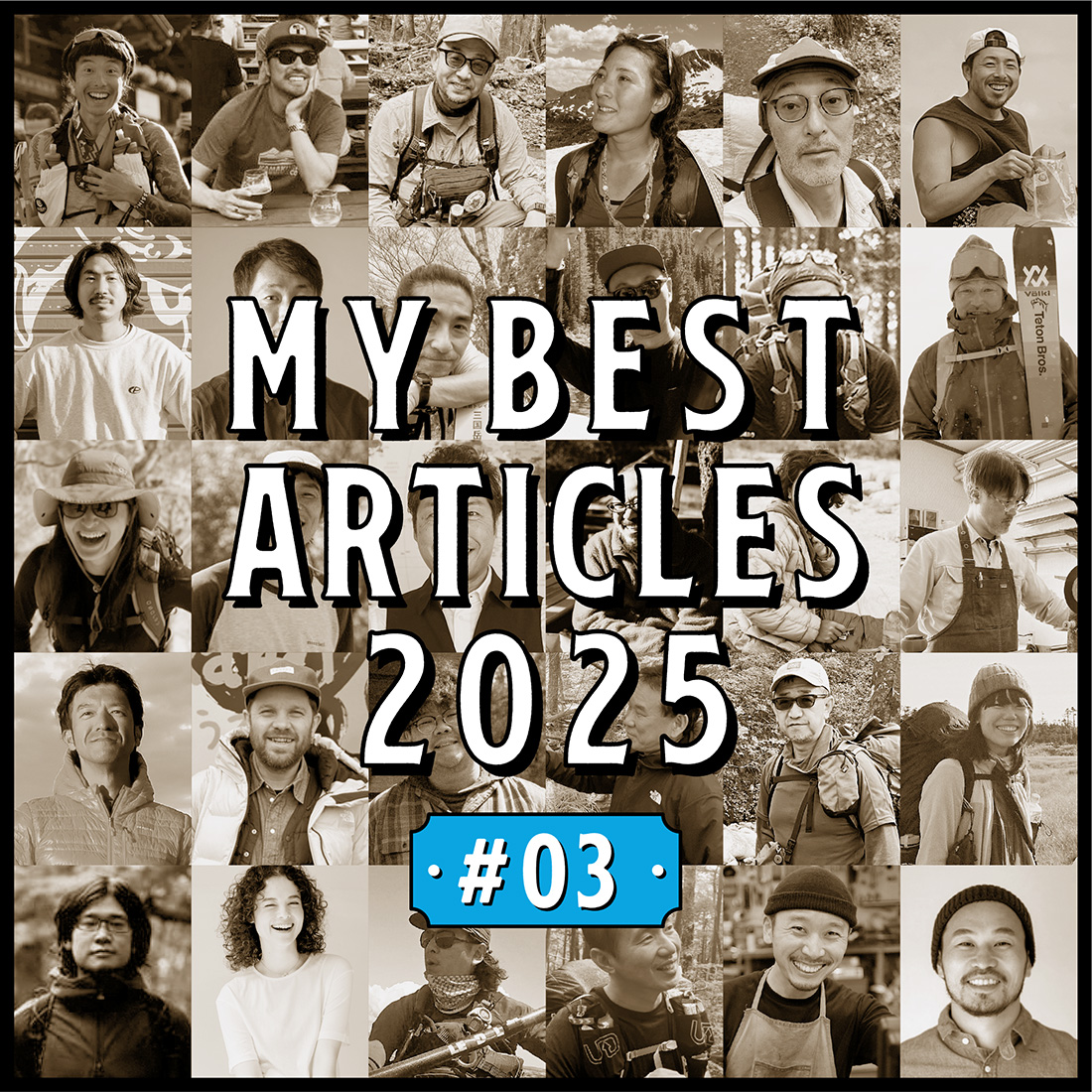







 ULギアを自作するための生地、プラパーツ、ジッパー…
ULギアを自作するための生地、プラパーツ、ジッパー…  ZimmerBuilt | TailWater P…
ZimmerBuilt | TailWater P…  ZimmerBuilt | PocketWater…
ZimmerBuilt | PocketWater…  ZimmerBuilt | DeadDrift P…
ZimmerBuilt | DeadDrift P…  ZimmerBuilt | Arrowood Ch…
ZimmerBuilt | Arrowood Ch…  ZimmerBuilt | SplitShot C…
ZimmerBuilt | SplitShot C…  ZimmerBuilt | Darter Pack…
ZimmerBuilt | Darter Pack…  ZimmerBuilt | QuickDraw (…
ZimmerBuilt | QuickDraw (…  ZimmerBuilt | Micro Pack …
ZimmerBuilt | Micro Pack … 














